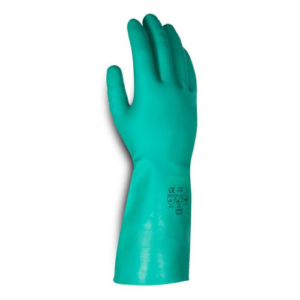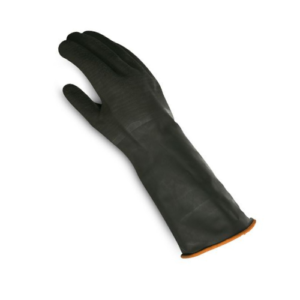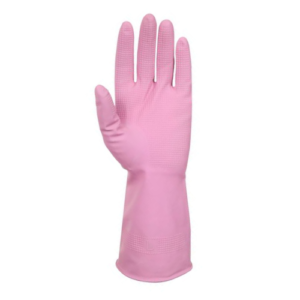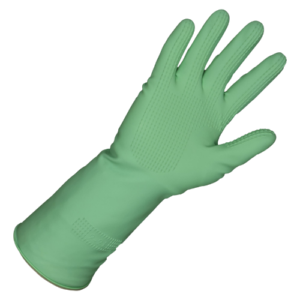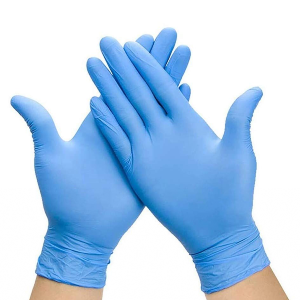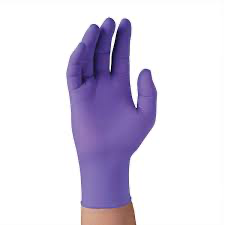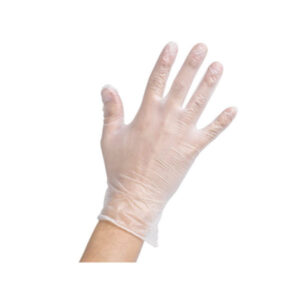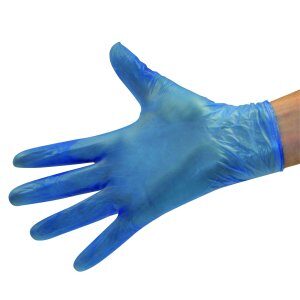Gloves are essential for reducing the spread of infectious agents that may be carried on hands. They are worn during procedures where there is a risk of exposure to blood or body substances and when caring for individuals with infections spread by contact, especially those caused by multi-resistant organisms.
Types of Gloves:
- Sterile: Used for procedures involving contact with susceptible sites (e.g., catheterisation, wound care, managing a tracheotomy) where aseptic technique is required.
- Non-sterile: Used for procedures involving contact with non-intact skin and mucous membranes (e.g., emptying a catheter bag) and personal care activities (e.g., assisting with toileting).
- Reusable Utility: Used for non-care activities (e.g., general cleaning, cleaning contaminated surfaces).
Gloves are a crucial part of personal protective equipment and essential work practices.
When to Wear Gloves:
- Changing a colostomy bag or urinary drainage bag
- Dressing wounds or touching broken skin
- Assisting with toileting
- Giving mouth or eye care
- Oral suctioning
- Touching equipment or surfaces that may come into contact with blood or body substances
- Blood glucose monitoring
- If you have broken skin
- Preparing food
When Not to Wear Gloves:
- Transporting a resident/client
- Pushing trolleys
- Making the bed (unless the person has a known infectious disease)
- Moving furniture
- Writing in a person’s notes
- Giving oral medicines
- Assisting with oral feeding/eating unless there is a risk of exposure to blood or body substances
Golden Rules for Gloves:
- Gloves are not a substitute for hand hygiene.
- Perform hand hygiene before and after using gloves.
- Remove gloves when a care activity is finished and change gloves before starting a different care activity.
- Dispose of used gloves immediately.
- Do not wear multiple gloves at the same time.
Gloves are a crucial part of personal protective equipment and essential work practices.

